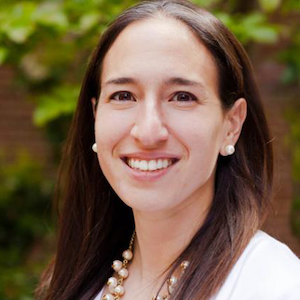Principle:
Our brains influence our food decisions automatically and we can make public policies to take advantage of this fact.
Quote:
“supporting healthy eating habits and reversing the worldwide obesity epidemic will occur only if our food environments are changed in substantial ways.”
Roberto, C. A. (2020). How psychological insights can inform food policies to address unhealthy eating habits. American Psychologist, 75(2), 265–273.
Research Story
Christina Roberto, a researcher from University of Pennsylvania used research to lay out how our brains influence how we eat. Then she suggests public policy changes that would improve health based on these psychological insights.
Diet related disease has skyrocketed the last few decades. It’s not because millions of people suddenly decided to change the way they eat. The food environment changed. Companies take advantage of the way our brains make automatic eating decisions.
Here’s the list of research-based influences on our automatic eating choices:
- Our emotions promote automatic choices
- It’s hard to process complex nutrition information in an instant
- We underestimate the power of immediate hunger or desires
- We tend to be overly optimistic about what we will do in the future
- We tend to take the default because it takes energy to make a change
- We buy and eat what we see and what is close
We might disagree with these statements, but research has shown that we have unconscious biases that are at work for many of our choices. The next part of Roberto’s research suggests policy changes that would slow or reverse the diet-related disease epidemic.
- Restrict food marketing. For example Chile doesn’t allow cartoon characters on cereal boxes and Australia doesn’t allow unhealthy food ads during children’s TV.
- Require simple nutrition labeing on package fronts. Some countries have adopted a traffic light system with red, yellow, and green to indicate food healthiness. Warnings on sugary foods/drinks can also help.
- Change the default. New York City proposed limiting portion size to a default 16 ounces for sugary drinks. You can buy two if you want, but a smaller default normalizes the portion size. California requires milk and water as the default kids meal drinks.
- Tax unhealthy foods and beverages just like they do for tobacco and alcohol.
- Create integrated approaches with multiple strategies
- Make healthy institutional food taste better.
So What – Application
Millions of people have become obese and have diet-related illnesses in the last two decades. Millions of people didn’t just suddenly decide to change how they eat. The environment changed.
If subconscious biases influence our food decisions, we can promote policy changes that use these biases to create a healthier environment.
Personally, becoming aware of these influences lets me make personal environmental changes – like looking at nutrition labels, finding ways to make healthy food taste great, and moving unhealthy foods out of sight in my own home.

